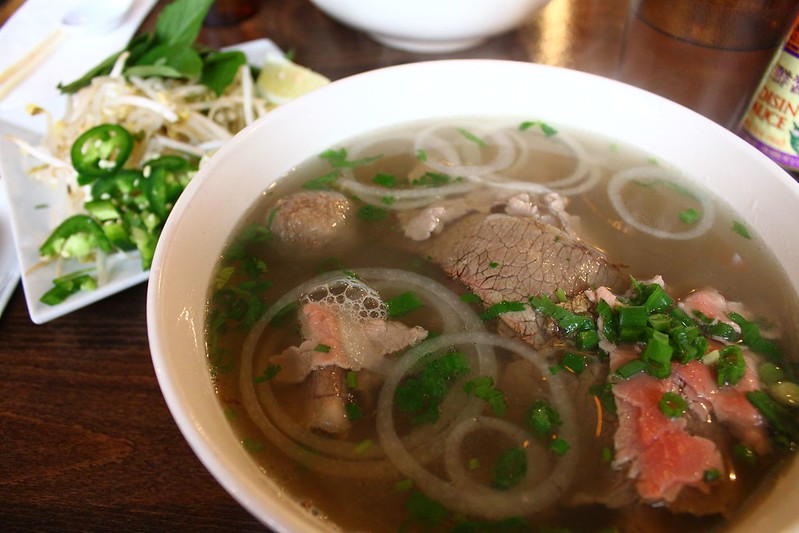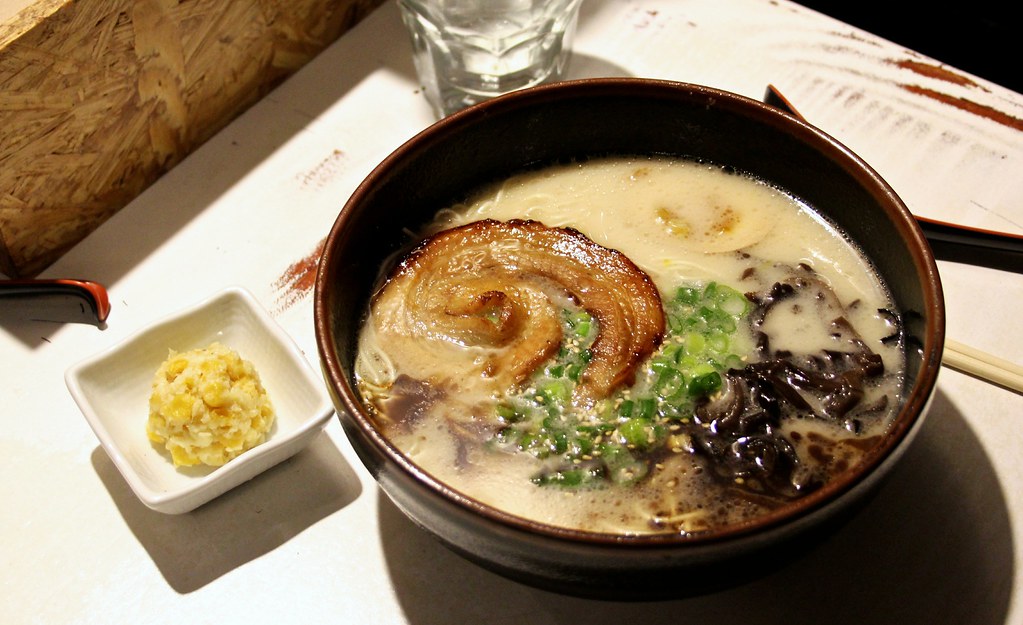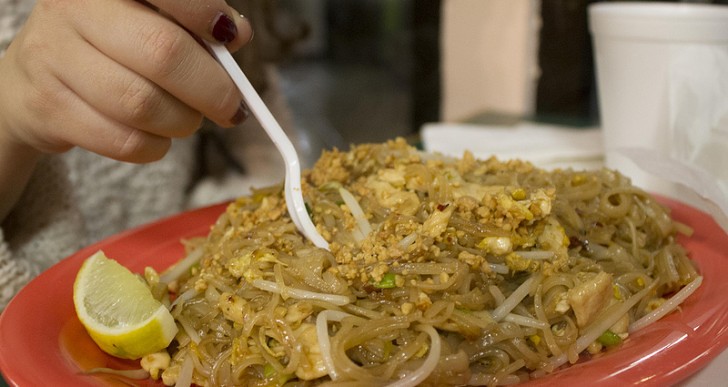Four Asian Noodle Dishes That You Shouldn't Mix Up
Pho
Pho is a Vietnamese noodle soup comprised of broth, thin rice noodles, herbs and meat (typically chicken or beef). It is served with a variety of garnish options that include bean sprouts, basil, sliced lime or lemon and sliced chiles.
Bonus: it's also a recommended hangover cure by many bleary-eyed college students.
Ramen
Ramen is a Japanese noodle dish, served with wheat noodles in a meat-based broth. The two most common varieties of ramen are tonkotsu (pork bone broth-based) and miso (a Japanese seasoning made with fermented soybeans). The dish is often finished off with an extensive list of toppings, including but not limited to braised pork, boiled eggs, sprouts, bamboo shoots, dried seaweed, corn and butter.
In American college culture, "ramen" has come to refer to a variety of instant noodles, which, although tasty, are not based on the Japanese cousin.
Lo Mein/Chow Mein
Lo mein or chow mein is a Chinese dish characterized by wheat flour or egg noodles, vegetables and some type of meat or seafood. The noodles are usually tossed with seasonings and soy sauce, giving the dish a brownish tint. Both have become extremely popular in the United States in American-Chinese restaurants and as take-out.
Chow mein is usually fried to varying degrees of crispiness while the noodles in lo mein are kept soft.
Pad Thai
Pad Thai consists of stir-fried rice noodles, eggs and tofu. It is flavored with a mixture of fish sauce, tamarind juice and red chili, which results in a sweeter flavor. The dish may also come with chopped peanuts, chives and bean sprouts, among other options.
Want to know more about the type of noodle in each dish? We break it down for you right here.
View the original post, Four Asian Noodle Dishes That You Shouldn't Mix Up, on Spoon University.



